Taking your clients beyond organizing

This page may contain links to Amazon.com or other sites from which I may receive commission on purchases you make after clicking on such links. Read my full Disclosure Policy
Nobody just happens to become a professional organizer. You chose this career due to your passion for organizing, whether it’s a natural ability or something you’ve had to learn. And that’s great, because you need passion to succeed in any type of business. However, unless you’ve had specific training, you might venture out without realizing that although you’re very good at organizing, there’s a lot more to it than that.
Although it’s tempting to just dive into a juicy organizing project, in order to truly help your clients, it’s essential that you understand what they really need. Sometimes it might be time-sensitive, like “get rid of this clutter so I can host Thanksgiving dinner,” but it often goes much deeper.
In Part Two of Organizing from the Inside Out, Julie Morgenstern describes three major stages of the organizing process: Analyze ~ Strategize ~ Attack. The remainder of the book provides detailed information about the Strategize and Attack phases for a number of different areas of the home. It’s an excellent resource for both DIYers and professional organizers, but it leaves a bit of a gap when it comes to the Analyze phase.
I’ve always heard that “it’s not about the stuff” and thought I understood the concept. I knew how a client’s personality type could affect their organizing style, but I didn’t grasp the big picture until I read SHED Your Stuff, Change Your Life, also by Julie Morgenstern.
The acronym SHED stands for:
- Separate the Treasures
- Heave the Trash
- Embrace your Identity
- Drive Yourself Forward
There are three chapters devoted to each of these steps, complete with case studies. But what’s key to it all is the introductory section about setting long term big picture goals and identifying what’s standing in the way.
To help you fully explore each step, there are questionnaires and exercises throughout the book. I actually think it would be helpful to anyone who’s feeling like they’re not where they want to be in their life, even if clutter doesn’t seem to be a factor.
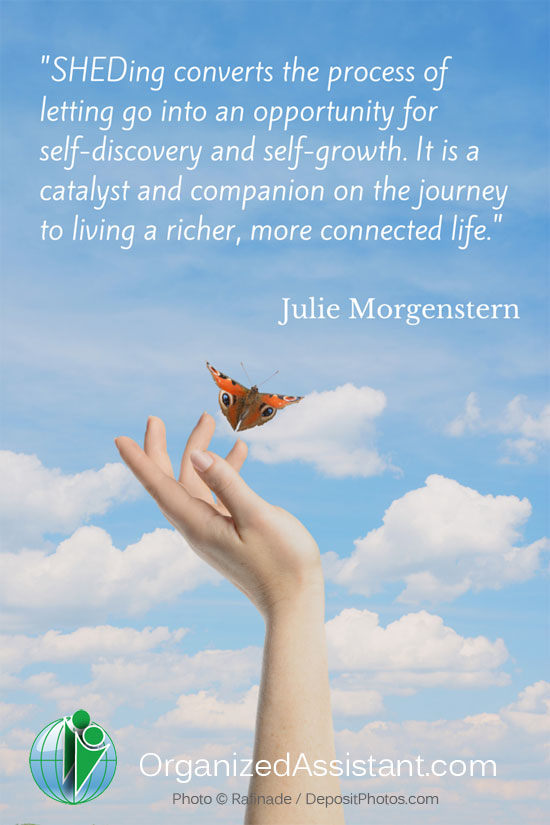
I’m not recommending that you use this system with your clients, unless perhaps your background is in coaching or another helping profession. But if you can explore these issues with sensitivity, empathy and confidence, it will make a world of difference to what you can help your clients achieve, and ultimately equip you to charge a higher rate.
If you like this idea and can see the benefits of incorporating coaching into your organizing services, take a look at the Coach Approach for Organizers. Their introductory coach training for organizers is offered twice a year, with sessions in fall and late spring. You can even work towards becoming a Certified Organizer Coach®.
I wish these resources were available when I was an organizer, as I found it very challenging to delve into personal issues with my clients!
Do you already explore life goals with your organizing clients? How did you learn to establish rapport and what questions to ask?
Did you find this post helpful?
Share it with your network, and sign up to get new posts by email every week!
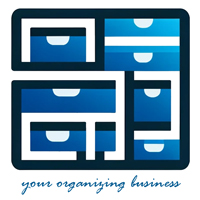



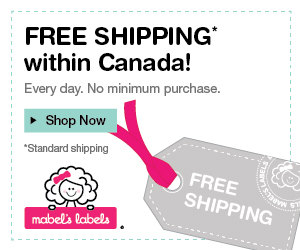
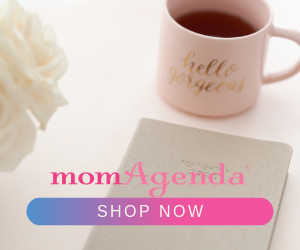


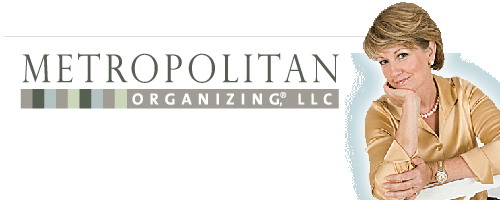

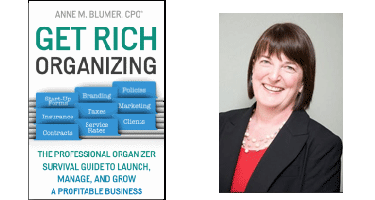
Love what the acronym SHED stands for Janet. Great post… thanks!
I’m glad you liked it, Candace! The book was such an eye-opener for me. Every winter I go through an “I want to move” phase but I never find anywhere I’d rather live than where I am now. I think it will be really helpful to re-read it and take the exercises during that phase so I can pinpoint what that’s *really* all about.
It’s funny how broad our job really can be. It’s not about “just picking up” or buying containers. Sometimes I do explore goals, struggles, and life coaching as part of the experience. It depends on what the client needs. I have some clients who are actually very organized, but quite busy, who want the accountability of a PO to get things done. On the other hand, I’ve just concluded a 1 1/2 year coaching relationship with a wonderful client who is about to move and marry. This job has included more listening, strategizing and planning. So thankful for great resources like Julie’s book that can help us continue to grow and develop in our profession!
And you probably have busy clients who just need someone else to do the organizing, too!
Aren’t you glad you’ve chosen a career with so much variety and so many rewards?
Great post, Janet! I agree, that often the organizing itself is just the tip of the iceberg when it comes to the overall scheme of things for our clients. I’m a big fan of Julie Morgenstern and have tailored many a presentation on her concepts as she breaks things down so succinctly.
She really does, doesn’t she? I was so thrilled to meet her in person at NAPO 2014, especially when she knew who I was! 🙂
Thanks for this min-review of Morgenstern’s books / concepts. I haven’t read the books you cited yet, but maybe the gap in the Analyze section is because there are so many different reasons and one on one coaching is needed to suss it out for each individual? I do tend to delve into this area with certain clients. Some are ready to go there and some aren’t quite ready. I usually leave a trail of breadcrumb questions or statements and the clients who are ready pick the trail right on up. For those who aren’t there yet, I look at my trail as little seeds that may germinate. How’s that for mixing of metaphors?
I think the two books have different purposes. Organizing from the Inside Out is really about the external process of getting organized, whereas SHED is about the internal process of figuring out where you want to be in your life and how to get there.
As you say, some clients just aren’t ready to go there, so perhaps Julie thought that putting all that in her first book would be too intimidating for them.
I’ve had a copy of this book on my shelf for years without reading it. Might be time. Meanwhile, I’m a big fan of Julie’s other books. One thing I want to say, though, is that some organizers talk about other organizers as if they just rearrange things, without purging at all, or even trying to. Really? To me sorting and purging go hand in hand…before assigning homes, containerizing and equalizing (Julie’s famous SPACE acronym).
Hopefully it’s not a common occurrence, but I’ve seen it happen. One time I was working with a team, and the lead organizer had to correct one of the newer organizers who was just neatly arranging everything in the workshop without considering whether it was all worthy of being put back on the shelves.
This is a great system and I still use/teach this concept and her SPACE concept when I am working with clients. Another thing new organizers don’t take into consideration is making sure your are organizing for the client and not for yourself. You may want it a certain way that simply won’t work for the client. It’s good to have a system to go by but you have to be flexible and adapt that system to your clients needs.
One thing I forgot to mention is that humor always helps me establish rapport. If not humor then asking questions about their treasures and their lives and learning to listen and not talk. 🙂
Great advice, Autumn! You may be the expert on organizing, but your client is the expert on your client.
I must look out for this, I love to read and I am always into self improvement, especially if it means learning more about my chosen profession.
It’s a good one! I had it for a year before I got around to reading it, not expecting I would learn much from it.